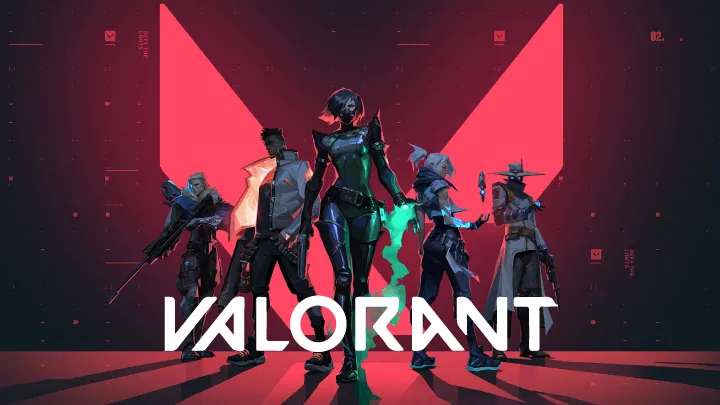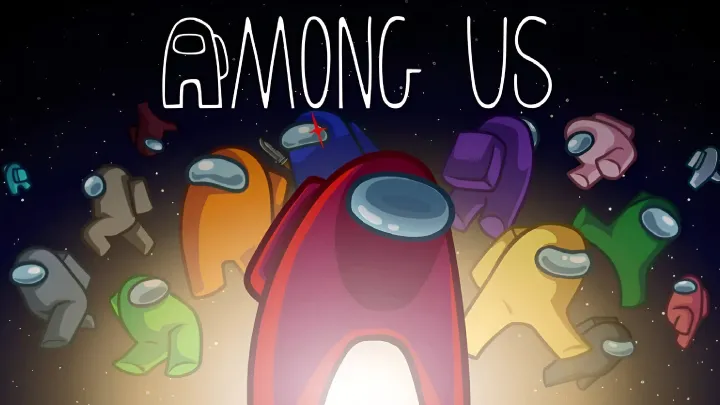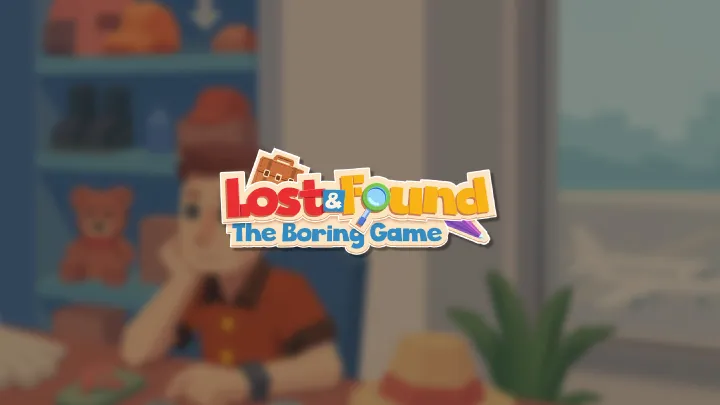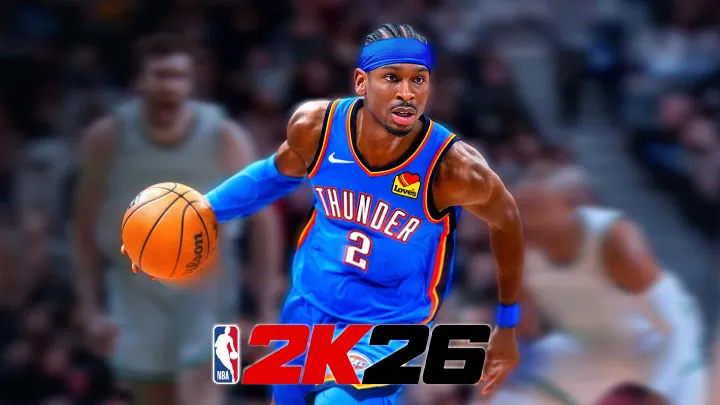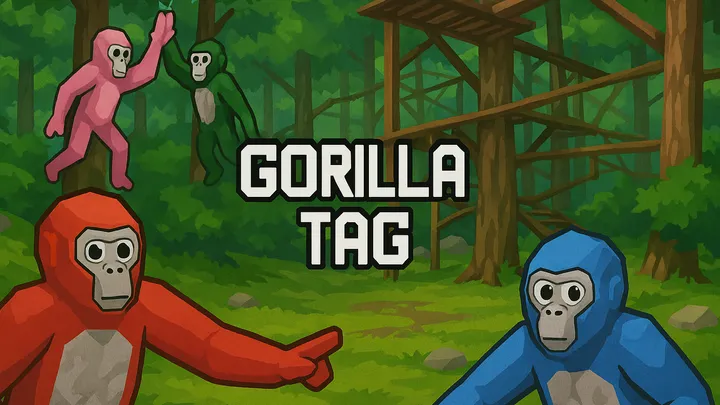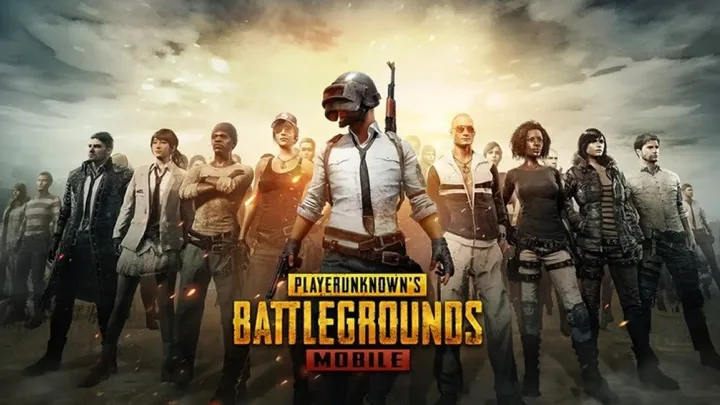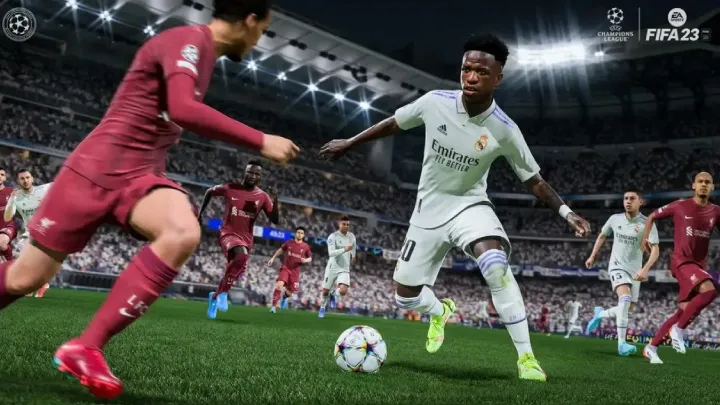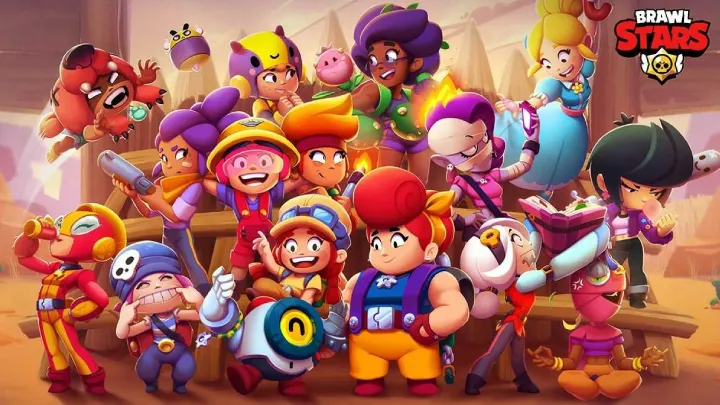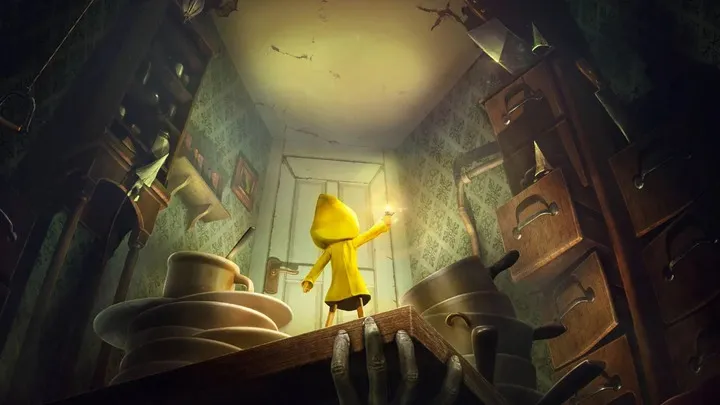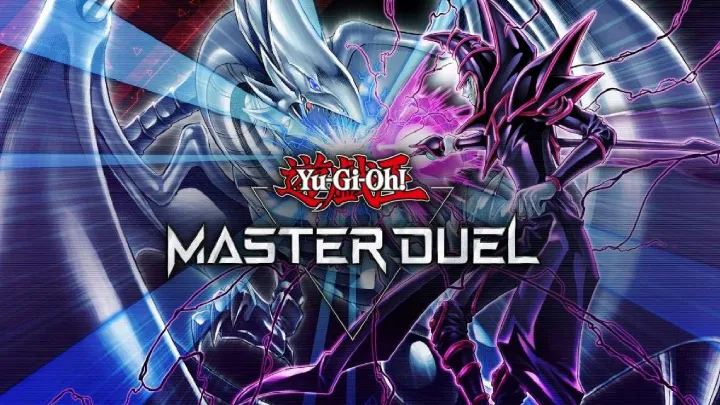Introduction
Look Outside, developed by Francis Coulombe and published by Devolver Digital, launched on March 21, 2025, for PC via Steam, delivering a chilling survival horror RPG set within a single apartment building. Players control Sam, a lone resident resisting a mysterious cosmic event that transforms those who look outside into grotesque monsters, with gameplay spanning 10-12 hours across multiple endings. Priced at $9.99, it gained attention following its surprise release and roots as a 2024 game jam entry, showcased in player-shared horror clips and developer streams. Early feedback praised its atmosphere and pixel art, though some noted technical issues and difficulty spikes. This review explores its narrative, world, gameplay, and technical execution to assess its impact as a unique horror experience.
Narrative & Storytelling
Look Outside crafts its narrative through an atmospheric storyline that unfolds through environmental clues and character interactions. Players follow Sam, who awakens to an eerie urge to look outside, guided by his neighbor Sybil’s cryptic warnings, with the story evolving through survival choices and cosmic horror revelations. The narrative arc centers on enduring 15 in-game days, with key moments—such as encountering mutated neighbors or uncovering eldritch secrets—adding a sense of dread and discovery. These moments foster a blend of paranoia and curiosity, evolving from personal survival to a haunting existential journey.
However, the lack of a detailed plot might leave some wanting a clearer resolution, as the experience relies on emergent stories—player decisions, neighbor dialogues, or mystery fragments—that depend on individual exploration. The storytelling excels in its unsettling tone and cosmic ambiguity, though its depth hinges on the participant’s tolerance for open-ended horror, making it a gripping tale for those who embrace its enigmatic nature.
World & Environments
The world of Look Outside centers on a confined yet intricate apartment building, featuring diverse areas like the protagonist’s safe haven, eerie hallways, and shifting first-floor layouts, rendered with a retro pixel art aesthetic. The environments shift with each exploration—dynamic danger levels, grotesque transformations, or hidden rooms—enhanced by interactive elements like scavenged items, save points, and environmental hazards, creating a tense backdrop. Sound design, with unsettling ambient noises, monster growls, and Sybil’s voice, builds an immersive atmosphere, while visual effects like flickering lights or pixelated horrors add tactical variety.
Yet, the focus on a single building might limit environmental scope over time, as the emphasis remains on claustrophobic tension rather than expansive exploration. The design prioritizes a haunting, evolving setting, which could feel restrictive for players seeking broader horizons. Community feedback celebrates the pixel art and sound design, though some note navigation challenges, suggesting a world that thrives in horror but may benefit from map aids to sustain engagement.
Gameplay Mechanics
Core Loop
The core loop revolves around survival and exploration, where players scavenge and combat within 10-12 hour sessions, offering a suspenseful rhythm. The cycle of resource management, turn-based fights, and safe returns drives a compelling flow, encouraging cautious play.
On-Field Mechanics
The gameplay hinges on survival horror and RPG mechanics, where players use scavenging, turn-based combat, and hygiene management to survive, with tactical depth added by weapon durability and enemy distance. Single-player focus introduces variety, though balance issues with difficulty can disrupt flow. The mechanics reward strategy and patience, demanding mastery to overcome their punishing challenge.
Mode-Specific Features
The primary mode includes Story Mode, with objectives like surviving 15 days or uncovering endings providing goals. Side activities like crafting or socializing add variety, while multiple endings offer replayability. The range of activities caters to different playstyles, but balance adjustments for difficulty and save frequency lag, a point raised in early feedback.
Progression & Multiplayer
Progression includes earning XP, unlocking party members, and managing resources, balancing effort with survival and narrative rewards in a system that feels rewarding based on initial play. The game lacks multiplayer, focusing on solo survival, though limited save points limit flexibility. The progression elements thrive on resource mastery, requiring refinement to enhance accessibility.
Technical Execution
Look Outside delivers a visually striking experience with its detailed pixel art, smooth animations, and eerie effects, optimized across PC with modest requirements. Post-launch updates have addressed stability, with patches like the April 2025 bug fix adding content, though occasional glitches like softlocks, crashes, and optimization issues persist. Audio impresses with a haunting score and environmental sounds, though repetitive loops can detract over long sessions.
Controls are responsive with precise inputs, offering a natural feel on keyboards, though the lack of controller support limits versatility. Ongoing updates are refining core systems, but initial technical hiccups suggest continued optimization is needed. The execution supports the horror focus, with visuals and audio as strengths amid polish challenges.
Community Feedback
Look Outside has cultivated a dedicated community, with early praise for its atmosphere, monster designs, and RPG elements, though concerns about difficulty, softlocks, and content depth surface from player discussions. Excitement for multiple endings and pixel art is widespread, but frustration with navigation and technical issues persists. Community feedback drives development, sustaining interest, and player retention remains strong, fueled by its low price and cult appeal.
Criticism centers on technical stability and design, with players noting softlocks and a desire for maps, alongside debates over difficulty balance. The community’s active input shapes updates, reflecting a group eager to see the game evolve into a refined horror classic, with initial Steam reviews showing an overwhelmingly positive reception.
Final Verdict
Look Outside delivers a haunting survival horror RPG experience with its atmospheric tension and grotesque creativity, celebrating a unique apartment-bound twist. Its pixel art and mood shine, though technical issues and difficulty pose challenges. It’s a must-play for horror and RPG fans, with patience required as updates refine the experience.















































